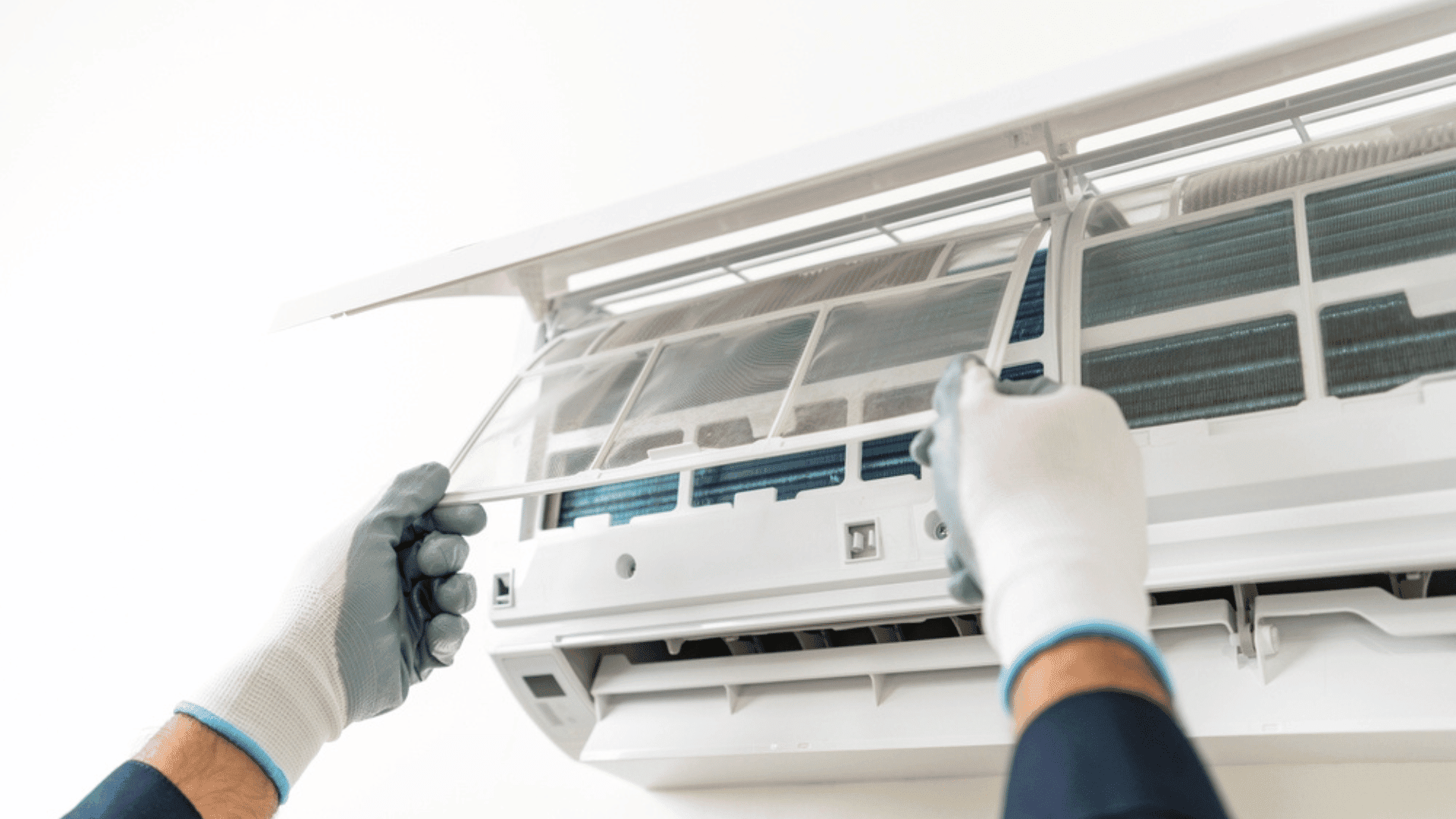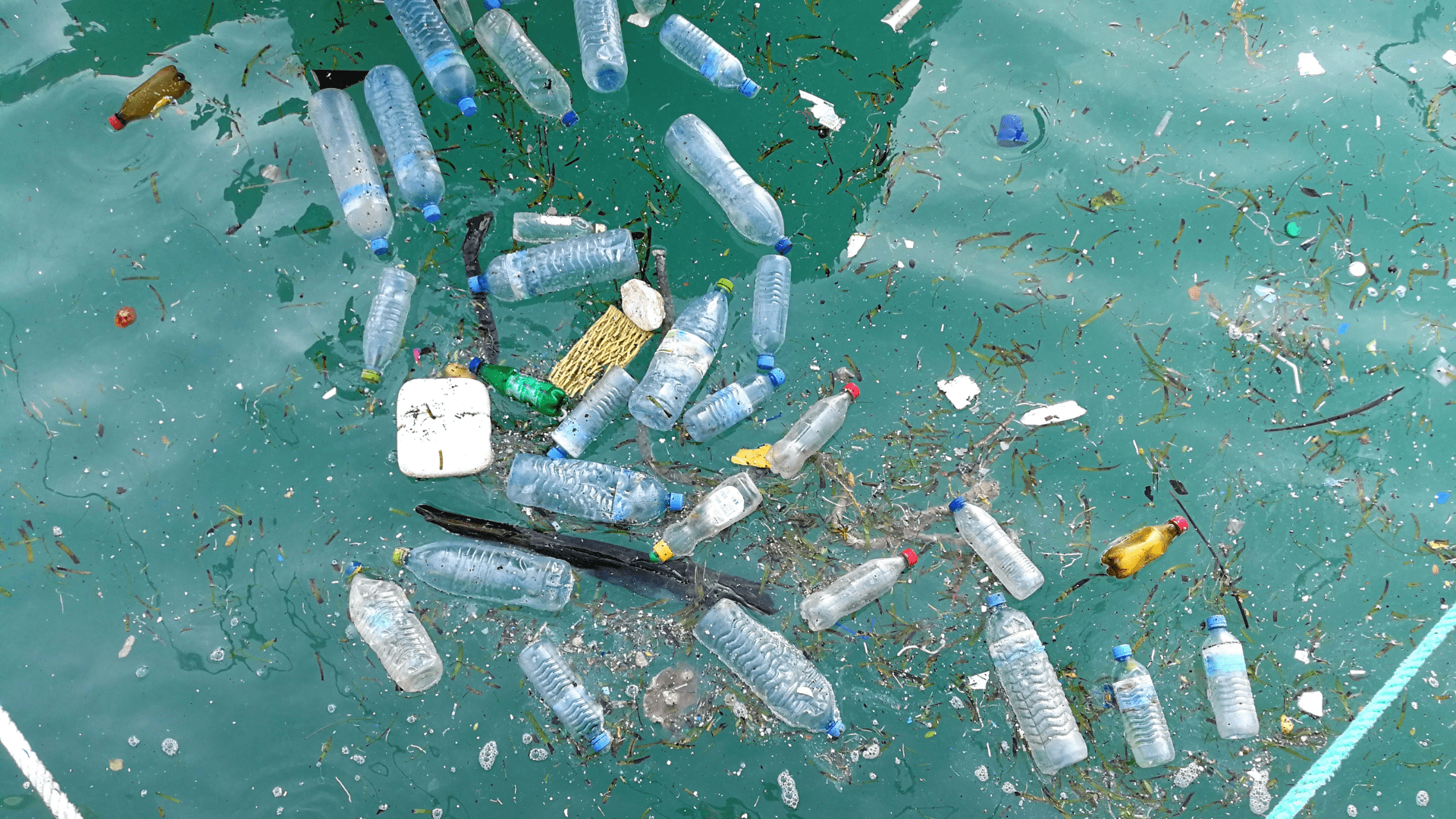Although they weren’t used until the 1890s due to an American nurse’s sensitivity to antiseptic, surgical gloves are now used widely by medical practitioners to protect against the spread of germs. The process of creating these sometimes life-saving gloves begins with ceramic molds of hands and a mechanized production line.

The first step is dipping them into a chemical bath which forms a film on their surface. They are then dipped into liquid rubber which reacts with the chemical coating on the hand molds to form a gel-like substance. The hands then go through the vulcanization process which strengthens and elasticizes the material. For gloves made primarily of rubber, they then reach an assembly line where a team of workers pulls the gloves off of the molds. Latex gloves are much easier to get off of the molds, however, so the latex gloves going through the same production line can be blown off the forms with pressurized air. Each type of glove goes through a quality check to see if there are any holes or weak spots.
Though we’ve seen many manufacturers around the U.S. and globally rearrange their manufacturing processes in the light of COVID-19, the same can’t be said for surgical glove manufacturers. According to The Associated Press, the world’s largest manufacturer and distributor of surgical gloves is Malaysia. In fact, according to Bloomberg, in 2019 Malaysia exported 182 billion glove pieces which resulted in $4.31 billion of revenue. It’s expected that, this year, that figure could sky-rocket as high as 240 billion exported glove pieces.

Despite the fact that the production has increased drastically, it hasn’t been without its hiccups. When COVID-19 cases first began to spread throughout the country, a lockdown order was placed on March 18th. During the first 12 days of those measures, glove factories in Malaysia were only able to operate with 50% of their workers. The manufacturers have since been given an exemption, but many supplier’s logistics partners remain at half strength and lack of man-power has increased order times.
Thankfully the FDA is increasingly encouraging manufacturers to turn their attention to medical glove production, creating very detailed instructions for manufacturers to accomplish these goals. Their instructions include the standards that must be met, good manufacturing practices, information on importing gloves, glove donations, etc.





